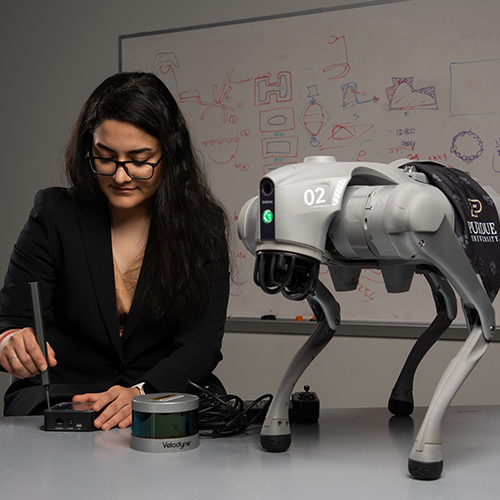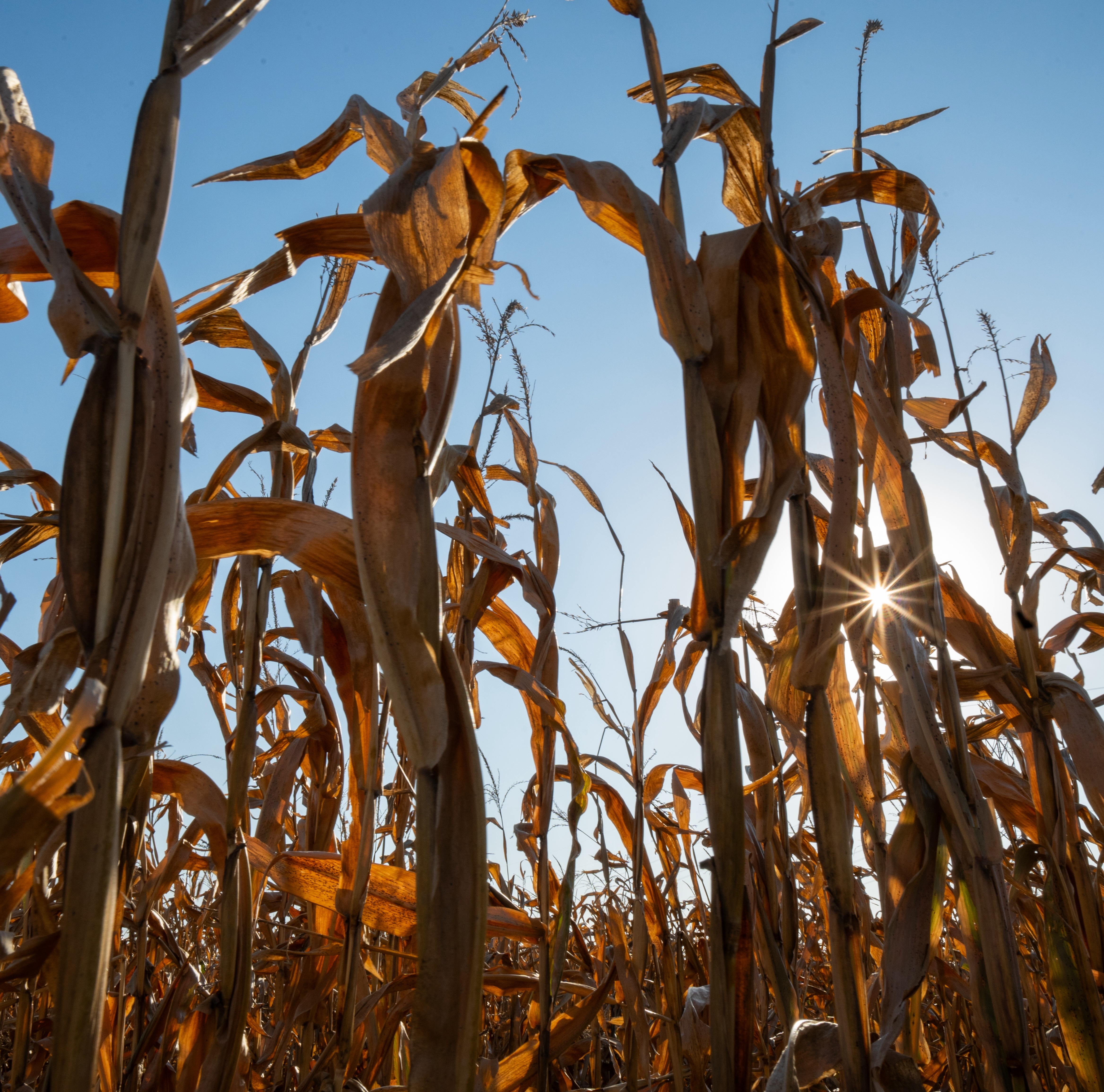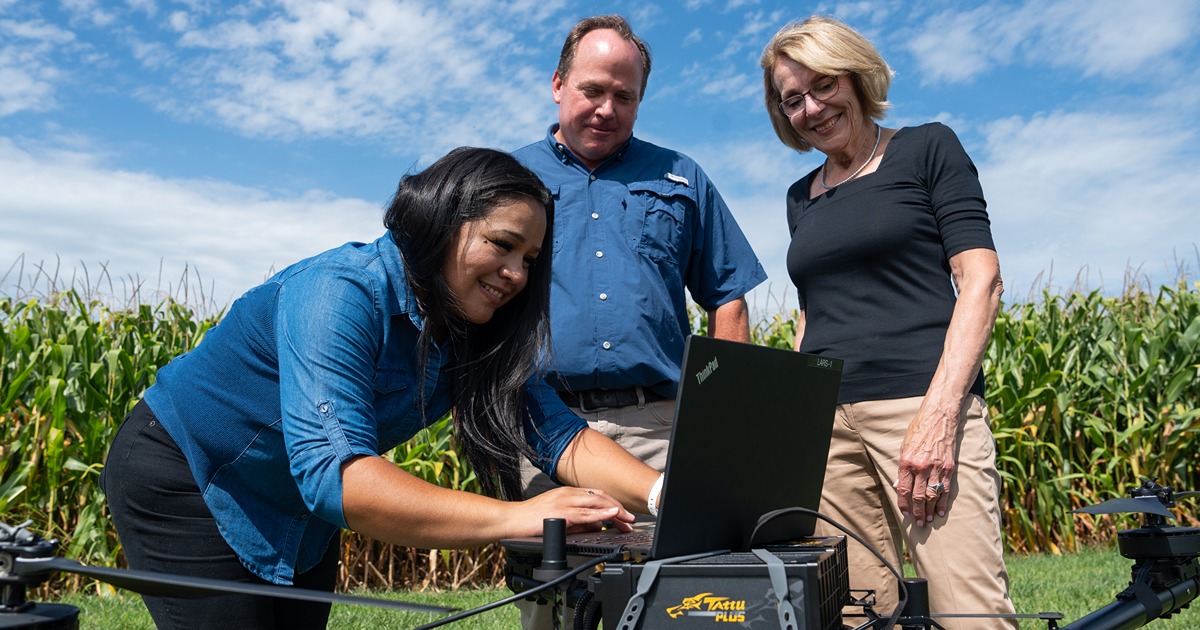Crowdsourcing Data
Have you thought that the postings on social media can help improve food quality and safety? Scientist can use Artificial Intelligence to analyze postings and learn about your emotions, lifestyles, and purchase intentions. This is an example of crowdsourcing. Crowdsourcing data have been used in improving food quality and developing new food products. It helps food scientists to keep track of new food trends that consumers are discussing and show interest in (Palacios et al., 2016; Soon 2017). The Lays company used crowdsourced data to choose a chip flavor out of over 200,000 flavors proposed (Djelassi and Decoopman 2013).
Crowdsourcing was also used to help identify foodborne illness cases. U.S. Centers for Disease Control estimate that 48 million individuals get sick from foodborne illness (Centers for Disease Control 2019). Many of these illnesses tend to go unreported due to the mild nature of the illnesses or limited knowledge of reporting procedures (Arendt et al. 2013). Consumers often share their experience or concerns on social media. Those are valuable crow-sourcing data. What if we can analyze their postings, then we can improve our foodborne illness surveillance system.
Some government agencies and research groups explored using crowdsourcing data to identify foodborne illness cases. The New York Department of Health and Mental Hygiene utilized Yelp.com, and the Chicago Department of Health launched Foodborne Chicago, to identify foodborne illness complaints (Harris, 2014; Harrison 2014). The Foodborne Chicago website received 193 complaints within10 months, which resulted in 133 restaurants inspected with 21 failing inspection (Kuehn 2014). Another successful example that used crowdsourced data for food safety surveillance was a website known as Iwaspoisoned.com. Within eight years since its first launch, over 49,000 reports of suspected foodborne illness were submitted by individuals from 89 countries and every state in the United States. Most U.S. state government agencies use this system as a supplement to pre-existing methods of reporting illness (Quade, 2017). With the rise of the digital era, using platforms that are familiar make it easier for the public to report suspected foodborne illnesses. Combining traditional methods with crowdsourcing data can lessen the problem of foodborne illnesses going underreported and the financial burden of foodborne illness in the United States.
However, there is currently no evidence to support the correlation among the three variables, consumers’ perceived poisoning sources, restaurant inspection scores, and foodborne illness incidence. Consumers don’t always know what made them sick. They generally believe they were “poisoned” by the last item they ate or the last place they ate. Most consumers think it is more common to get food poisoning from food prepared in restaurants than at home (Lando et al. 2017).
Future research is needed to address those knowledge gaps. We can also unlock more power from crowdsourcing data to understand consumers’ perception of food recalls to develop better risk communication strategies, and identify consumers’ home food handling practices by analyzing their uploaded pictures and videos. Looking forward, digital agriculture will change our way of thinking and eating. Stay tuned!
Reference
Arendt, Susan, et al. “Reporting of foodborne illness by US consumers and healthcare professionals.” International journal of environmental research and public health 10.8 (2013): 3684-3714.
Centers for Disease Control. “Estimates of Foodborne Illness in the United States”. cdc.gov. CDC. November 7, 2019. https://www.cdc.gov/foodborneburden/estimates-overview.html
Djelassi, Souad, and Isabelle Decoopman. “Customers’ participation in product development through crowdsourcing: Issues and implications.” Industrial Marketing Management 42.5 (2013): 683-692.
Harris, Jenine K., et al. “Health department use of social media to identify foodborne illness—Chicago, Illinois, 2013–2014.” MMWR. Morbidity and mortality weekly report 63.32 (2014): 681.
Harrison, Cassandra, et al. “Using online reviews by restaurant patrons to identify unreported cases of foodborne illness—New York City, 2012–2013.” MMWR. Morbidity and mortality weekly report 63.20 (2014): 441.
Kuehn, Bridget M. “Agencies use social media to track foodborne illness.” JAMA 312.2 (2014): 117-118.
Lando, Verrill, et al. “2016 FDA food safety survey.” Assessed on November 7, 2019. At https://www.fda.gov/media/101366/download
Ordun, Catherine, et al. “Open source health intelligence (OSHINT) for foodborne illness event characterization.” Online Journal of Public Health Informatics 5.1 (2013).
Palacios, Miguel, et al. “Crowdsourcing and organizational forms: Emerging trends and research implications.” Journal of Business Research 69.5 (2016): 1834-1839.
Quade, Patrick, and Elaine Okanyene Nsoesie. “A platform for crowdsourced foodborne illness surveillance: description of users and reports.” JMIR public health and surveillance 3.3 (2017): e42.
Soon, Jan Mei, and I. Sam Saguy. “Crowdsourcing: A new conceptual view for food safety and quality.” Trends in food science & technology 66 (2017): 63-72.
by Merlyn Suzanne Thomas and Yaohua Feng






